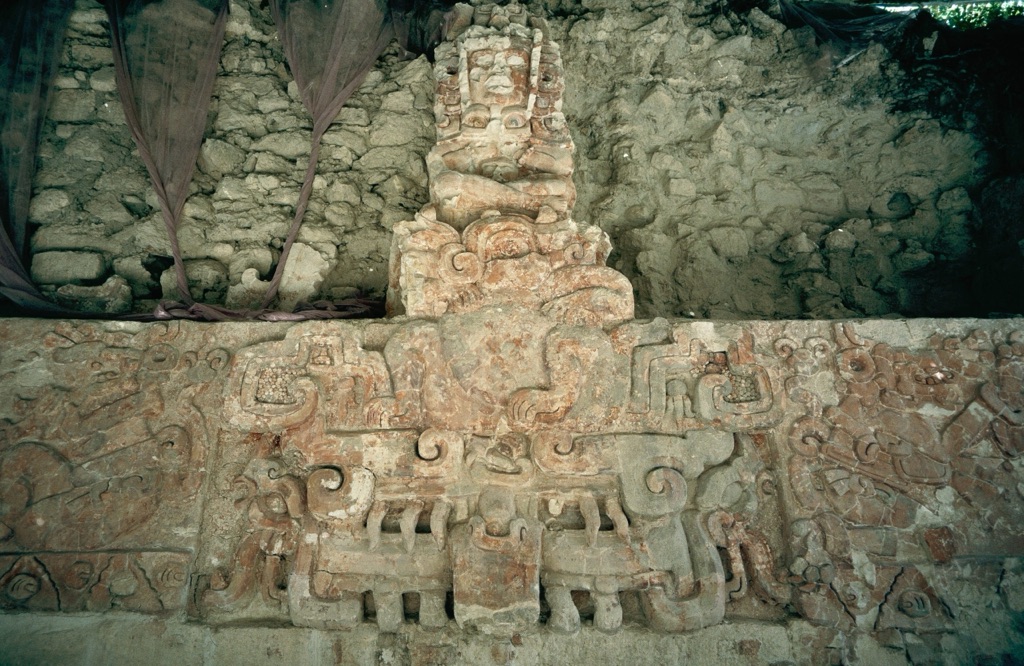Balamku, known for its exceptional preservation of Maya frescoes, is an ancient Maya archaeological site in Campeche, Mexico. Discovered in 1990, it has provided significant insights into Maya civilization. The site’s name means ‘Jaguar Temple’ in the Maya language. Balamku’s frescoes are a key highlight, offering a glimpse into the religious and social practices of the Maya people.
Get your dose of History via Email
Historical Background of Balamku
Archaeologist Florentino García Cruz stumbled upon Balamku in 1990. The discovery was a breakthrough, revealing a site untouched by looters. Balamku dates back to the Late Classic period of Maya civilization. The Maya built it, a sophisticated society known for their art, architecture, and astronomical systems. Over time, the site was abandoned, its history buried until its rediscovery.
The site’s architecture suggests it was a significant religious center. The Maya who built Balamku were skilled architects and artisans. They left behind a legacy of intricate frescoes and well-crafted buildings. Balamku’s frescoes depict various aspects of Maya life and mythology, making it an important cultural treasure.
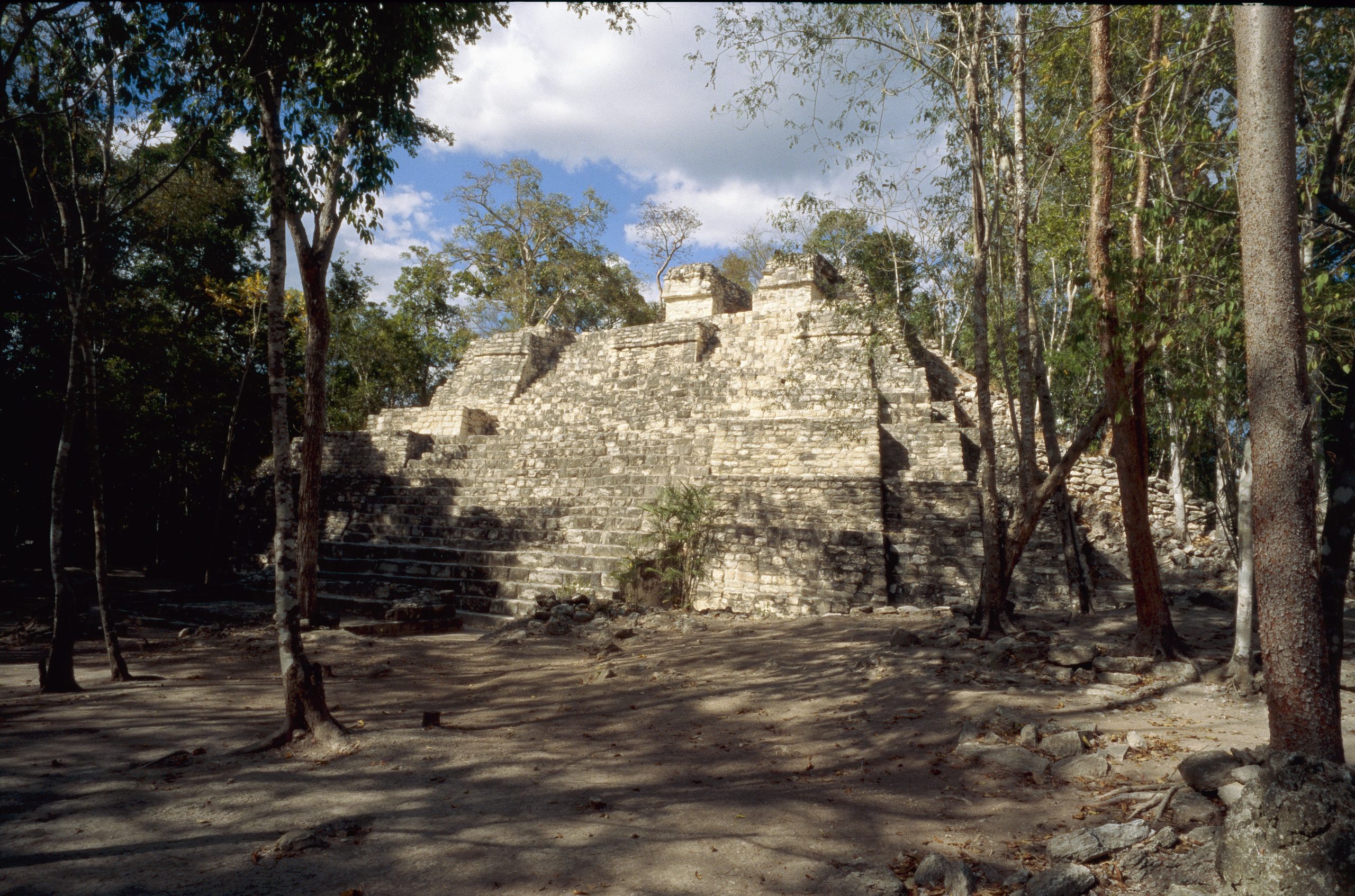
While Balamku was not the scene of any known major historical events, its value lies in its cultural artifacts. The frescoes provide a window into the spiritual life of the Maya. They also offer clues about the political and social structure of the time. The site’s discovery has helped fill gaps in the understanding of Maya civilization.
After its abandonment, Balamku lay dormant for centuries. The dense jungle of the Yucatán Peninsula concealed it from the modern world. Its isolation helped preserve the site’s artifacts, particularly the frescoes. These artworks are among the best-preserved examples of Maya wall painting.
The site continues to be an area of active archaeological interest. Researchers are piecing together the story of Balamku. They aim to understand its role within the broader context of Maya civilization. The site’s preservation allows for ongoing study, with the potential to uncover more about the enigmatic Maya.
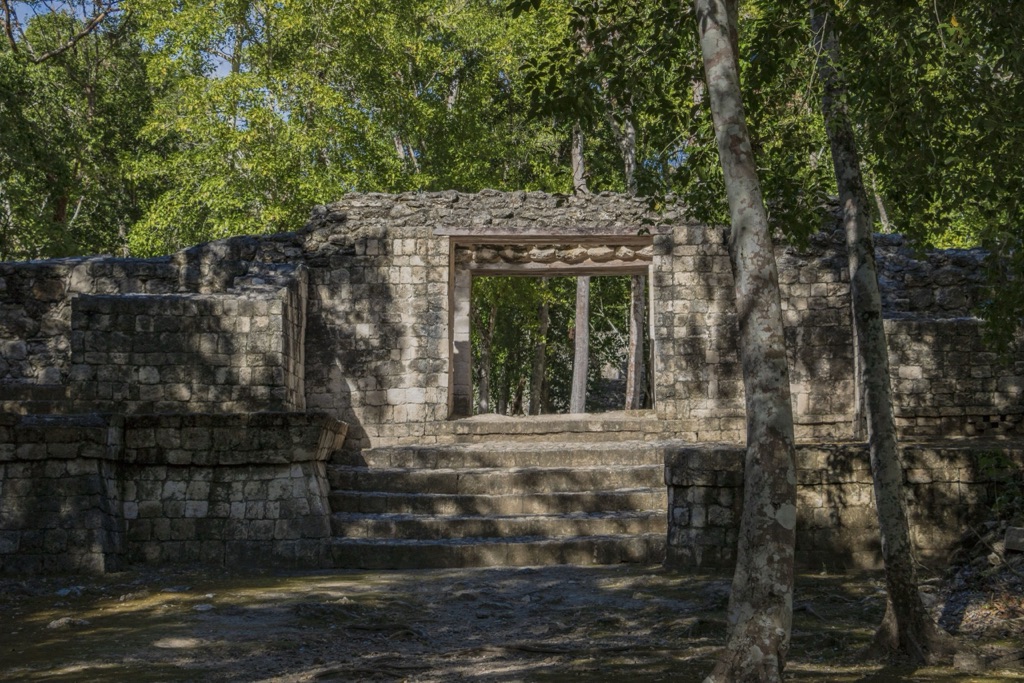
About Balamku
Balamku is a treasure trove of Maya architecture and art. The site features several structures typical of Maya cities, including a pyramid temple. The buildings at Balamku are made of limestone, a common building material for the Maya. This stone was readily available in the region and was easy to work with.
The most notable feature of Balamku is its well-preserved frescoes. These paintings are found within the site’s main temple. The frescoes are vibrant, with colors that have withstood the test of time. They depict human figures, gods, and symbols that are key to understanding Maya beliefs.
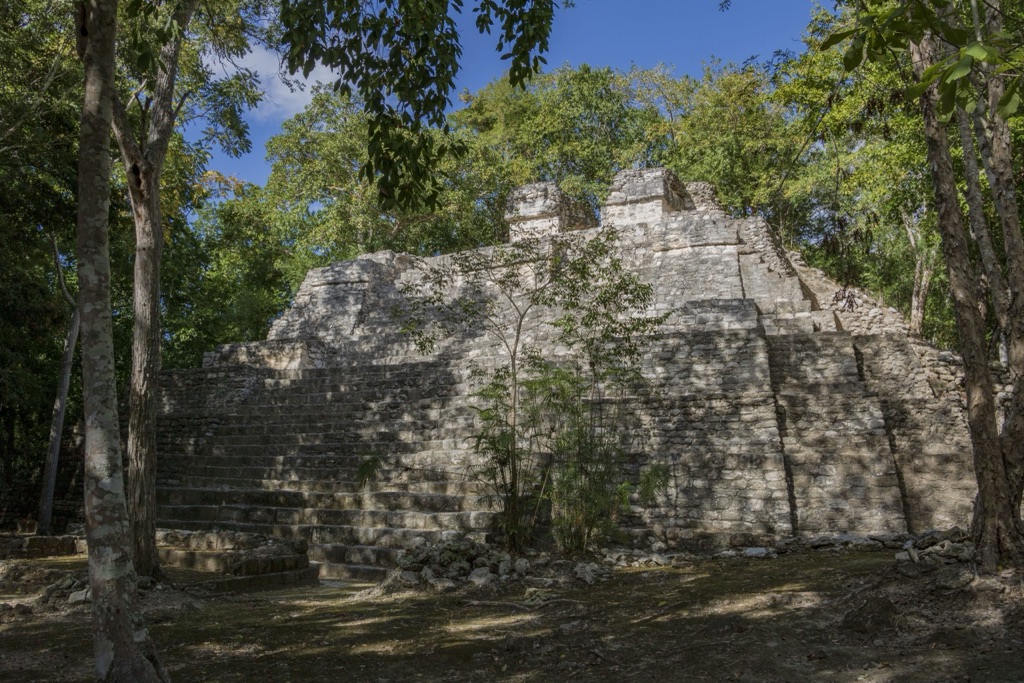
The construction methods of Balamku reflect the advanced engineering skills of the Maya. They built structures that have endured for over a thousand years. The architectural highlights of Balamku include corbelled arches and vaulted chambers. These features are characteristic of Maya building techniques.
The layout of Balamku suggests it was designed with both functionality and symbolism in mind. The orientation of the buildings may have had astronomical significance. The Maya were keen observers of the heavens, and their architecture often reflected celestial alignments.
Excavations at Balamku have revealed a wealth of artifacts. These include pottery, tools, and ceremonial objects. Each discovery helps to piece together the daily life and rituals of the Maya who lived there. The site’s artifacts are invaluable to archaeologists and historians alike.
Theories and Interpretations
Several theories exist about the use of Balamku. Some suggest it was a religious and ceremonial center. The presence of the frescoes supports this theory. They likely played a role in religious rituals and were intended to be seen by select individuals.
The mystery of Balamku’s abandonment intrigues scholars. Like many Maya sites, it was deserted for reasons that are not entirely clear. Theories range from environmental changes to social upheaval. However, definitive evidence is still elusive.
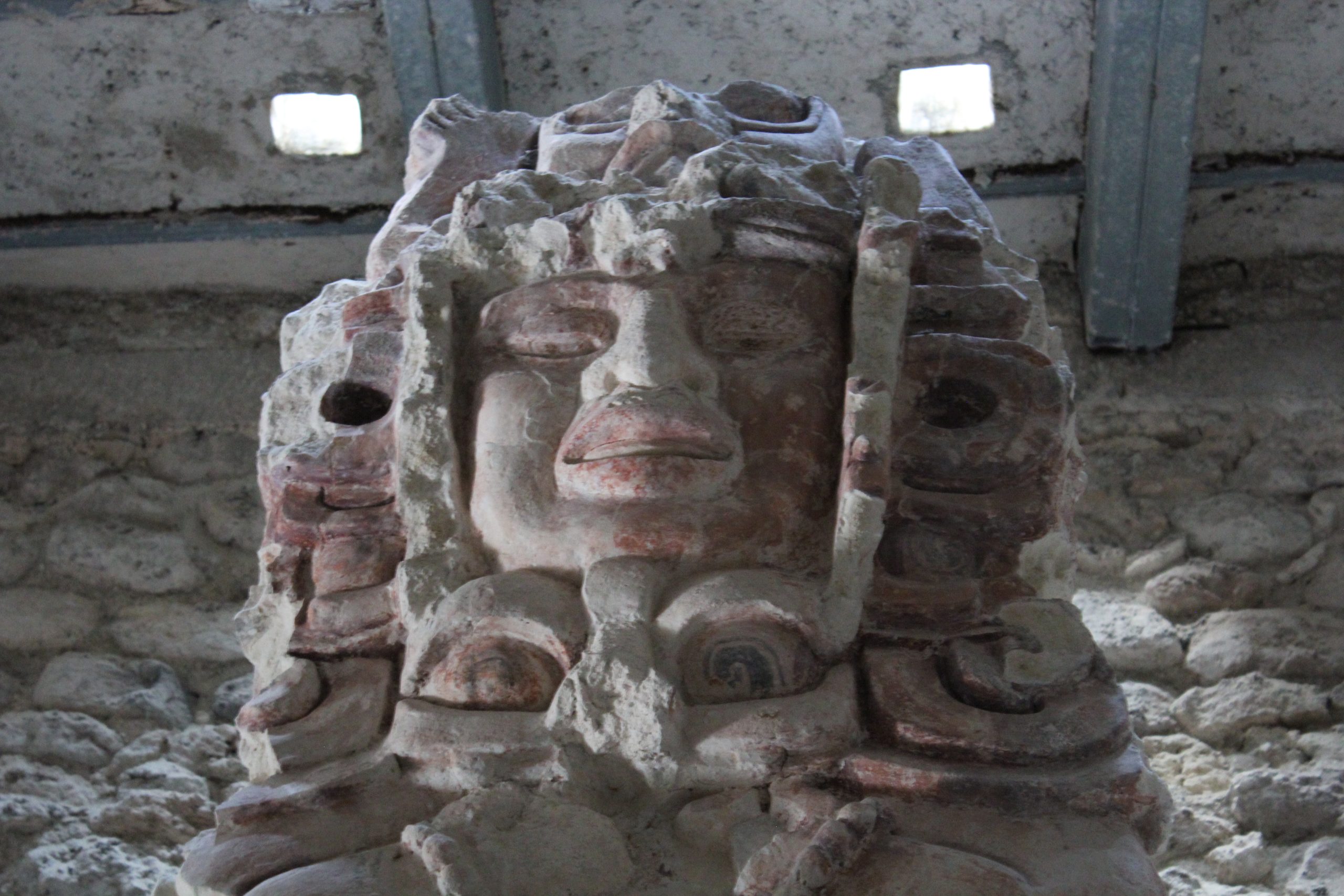
Dating Balamku has involved various methods. These include examining ceramic styles and radiocarbon dating. The results have helped to place Balamku within the timeline of Maya history. They confirm its peak during the Late Classic period.
The study of Balamku is ongoing. Each excavation season has the potential to reveal new information. As such, theories and interpretations of the site are subject to change. Balamku continues to be a source of fascination and discovery for the archaeological community.
At a glance
Country: Mexico
Civilization: Maya
Age: Late Classic period (600-900 AD)

